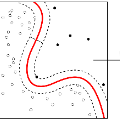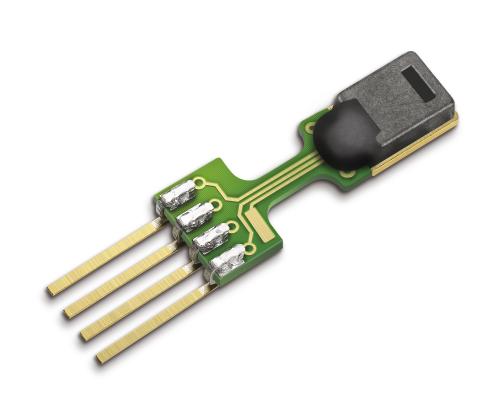Water is the lifeblood of river networks, and its quality plays a crucial role in sustaining both aquatic ecosystems and human societies. Real-time monitoring of water quality is increasingly reliant on in-situ sensor technology. Anomaly detection is crucial for identifying erroneous patterns in sensor data, but can be a challenging task due to the complexity and variability of the data, even under normal conditions. This paper presents a solution to the challenging task of anomaly detection for river network sensor data, which is essential for the accurate and continuous monitoring of water quality. We use a graph neural network model, the recently proposed Graph Deviation Network (GDN), which employs graph attention-based forecasting to capture the complex spatio-temporal relationships between sensors. We propose an alternate anomaly threshold criteria for the model, GDN+, based on the learned graph. To evaluate the model's efficacy, we introduce new benchmarking simulation experiments with highly-sophisticated dependency structures and subsequence anomalies of various types. We further examine the strengths and weaknesses of this baseline approach, GDN, in comparison to other benchmarking methods on complex real-world river network data. Findings suggest that GDN+ outperforms the baseline approach in high-dimensional data, while also providing improved interpretability. We also introduce software called gnnad.
翻译:水是河网的生命线,其质量对维持水生态系统和人类社会都至关重要。实时监测水质越来越依赖于原地传感器技术。异常检测对于识别传感器数据中的错误模式至关重要,但由于数据的复杂性和变异性,在正常情况下也可能是具有挑战性的任务。本文提出了一种基于图神经网络模型的解决方案,即最近提出的Graph Deviation Network(GDN)用于河网传感器数据的异常检测,这对于准确连续监测水质是必不可少的。我们使用图注意力的预测,捕捉传感器之间复杂的时空关系。我们提出了基于学习图的另一种模型异常阈值准则GDN+。为了评估模型的有效性,我们引入了新的基准仿真实验,其中包括高度复杂的依赖结构和各种类型的子序列异常。我们进一步比较了这种基线方法GDN与其他复杂实际河网数据基准方法的优缺点。研究结果表明,在高维数据方面,GDN+优于基线方法,同时还提供了更好的可解释性。我们还介绍了名为gnnad的软件。



